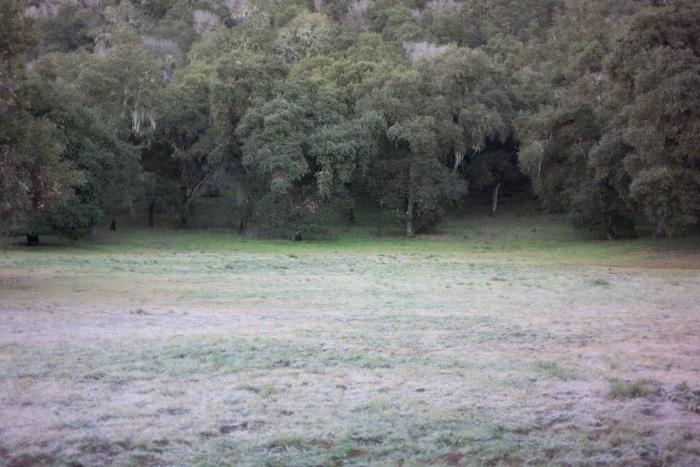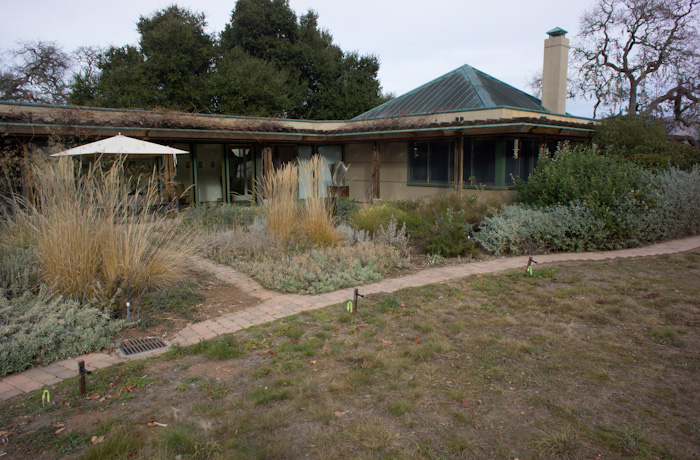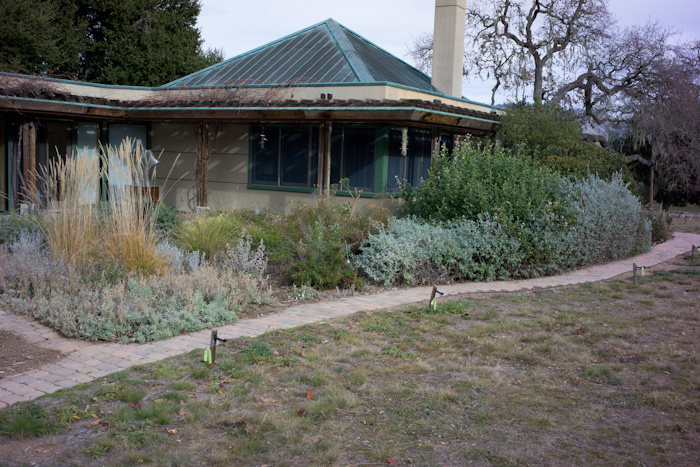The day before yesterday, Lloyd Chambers published an alert about NEX-7 color shifts that vary with aperture. You can read it here Yesterday, he published an extensive set of photographs showing the effect for many M-mount lenses. To see the report, you’ll have to subscribe to his Digital Advanced Photography report. I recommend that you… [Read More]
NEX-7 — purple corners with Zeiss 21mm Distagon
It’s reasonable to think that wide-angle lenses for SLRs will have lower color errors in the corners than similar lenses for rangefinder cameras. That’s because the greater flange distance in SLRs forces designers of lenses for those cameras to reverse-telephoto (aka retrofocus) designs, which move the nodal point further from the imaging plane. Move the… [Read More]
NEX-7 — correcting Sony 16mm images
If you’re using the Sony 16mm lens on the NEX-7 and you’re totally happy, you may want to stop reading right now. For the rest of you, as we’ve seen in previous posts, the Sony 16mm has only modest discoloration of the corners (worst case chrominance shift of 5 CIELab Delta-E, although the luminance falloff,… [Read More]
NEX-7 — correcting images with purple corners
I have been using Cornerfix to correct NEX-7 images that have discolored edges and corners. It does the job, and it does it well. It supports batch processing, which is useful. Originally written to correct deficiencies in Leica M8 images, it works with any camera for which a Adobe DNG file can be generated. Here’s… [Read More]
NEX-7 — purple corner testing summary
Ignoring the brightness falloff towards the corners, which is easy to deal with in image editing and may prove to be esthetically appealing, the most important measure of the purple-corner effect is the change in chrominance (that portion of color that is unrelated to luminance). CIELab provides a formula for calculating chrominance: (a^2 + b^2)^.5…. [Read More]
- « Previous Page
- 1
- …
- 514
- 515
- 516
- 517
- 518
- …
- 577
- Next Page »


